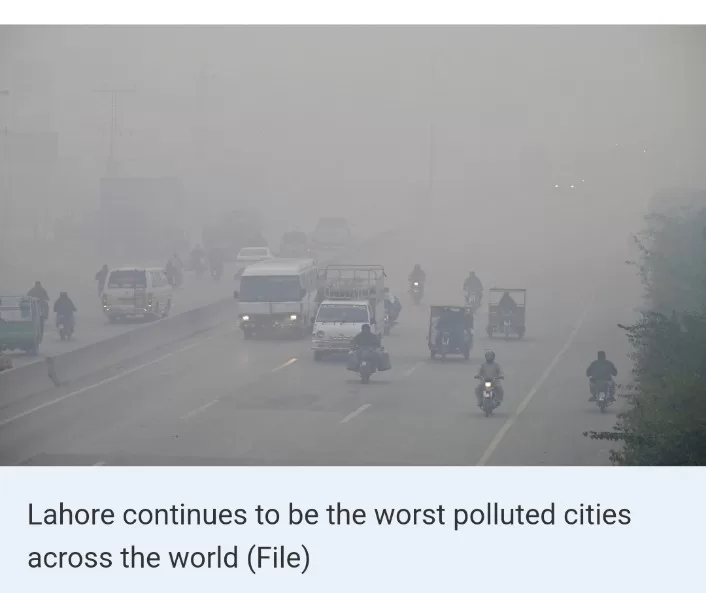As Lahore grapples with being consistently ranked the world’s most polluted city, the Punjab province in Pakistan is set to embark on an ambitious venture to combat severe air pollution. In collaboration with China, the provincial government plans to conduct artificial rain, a project estimated to cost Rs 350 million. The Meteorological Department reported an alarming Air Quality Index (AQI) of 356 in Lahore, underscoring the urgent need for intervention.
Lahore has perennially faced dire air quality conditions, especially during the winter months. The recent ranking as the most polluted city globally has spurred authorities to explore innovative solutions. Delhi, facing similar challenges, has also contemplated artificial rain to alleviate air pollution.
The region’s air quality is intricately tied to meteorological conditions, particularly post-harvest stubble burning by farmers. The Punjab government seeks to address this by implementing artificial rain, a technique that involves cloud seeding. Chief Meteorologist Chaudhry Aslam anticipates artificial rain in Lahore next month, and preparations are already underway.
The ambitious project comes with a significant price tag of Rs 350 million, leading to skepticism and questions about its feasibility, especially given the country’s existing economic struggles. Critics have raised concerns about the substantial financial commitment at a time when the nation is grappling with economic challenges.
To enhance the effectiveness of the artificial rain initiative, the Punjab government has sought expertise from Chinese experts. Cloud seeding, a process integral to artificial rain, is considered a viable solution to address smog-related issues.
Punjab Interim Information Minister Amir Mir affirmed that agreements have been reached with Chinese experts, emphasizing the efficacy of cloud seeding. The Pakistan Meteorological Department (PMD) has reportedly successfully tested artificial rain in the past.
While the government is optimistic about the potential benefits of artificial rain, some sections of the public remain skeptical about the significant financial outlay. The concerns echo against the backdrop of Pakistan’s recent financial engagements, including substantial borrowings and negotiations with the International Monetary Fund.
As Pakistan ventures into the realm of artificial rain to combat Lahore’s severe smog crisis, the success of this ambitious initiative remains to be seen. Balancing environmental concerns with economic realities will be a critical aspect of evaluating the long-term impact of this project.
By PTI







